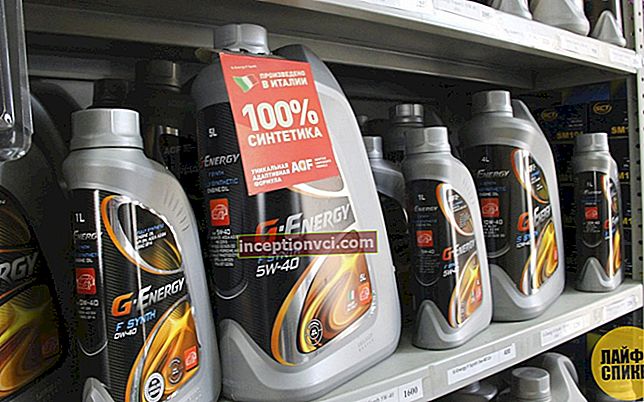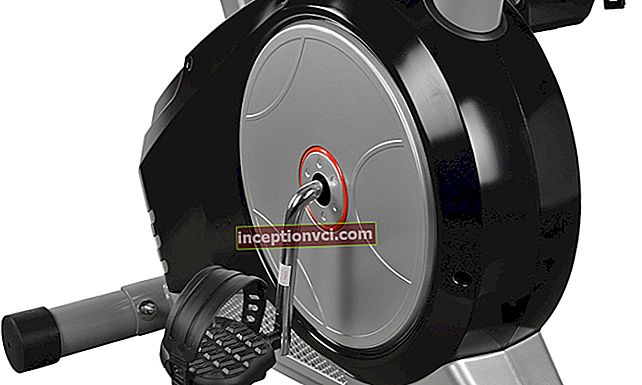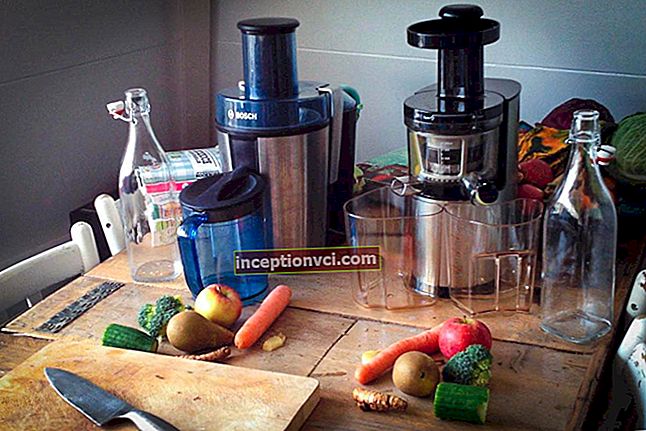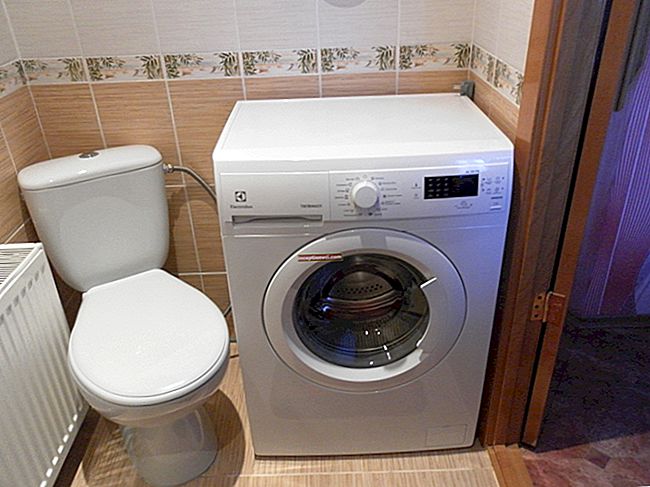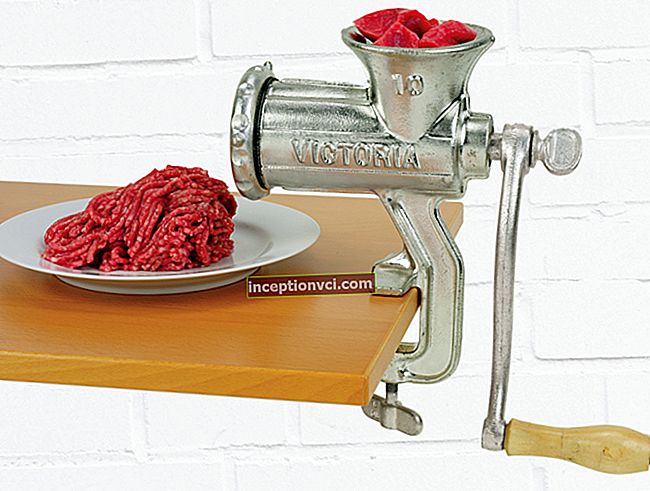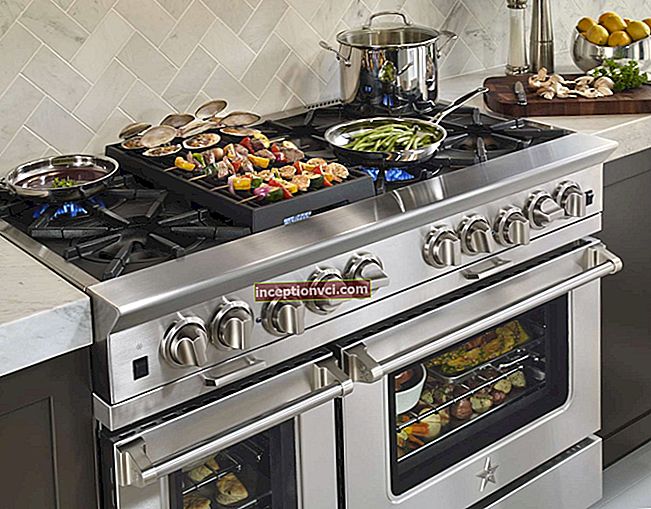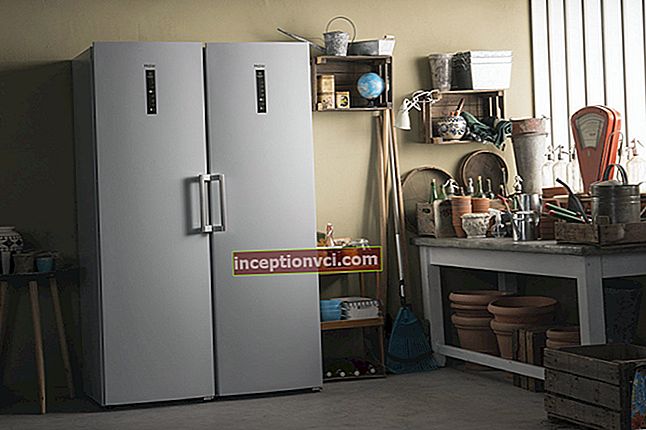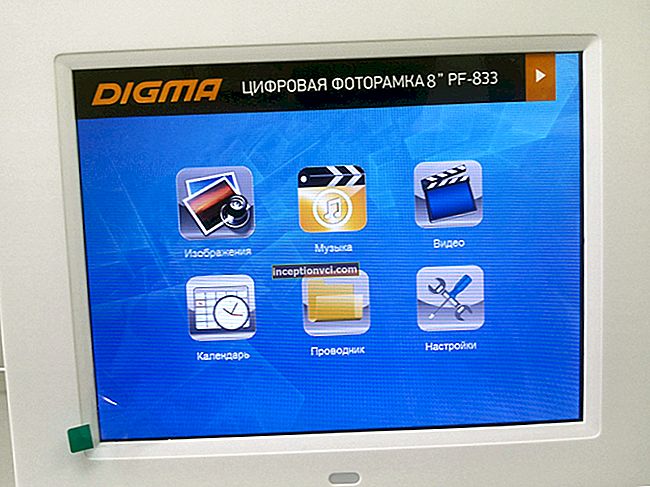Introduction
In the graphics market, there is a relative truce between AMD and nVidia. Nevertheless, modified models of basic video cards are constantly appearing on sale, with which the giant's partner firms continue to gradually saturate the market. Today we will present to your attention a review of the video card by Sapphire, released at the end of summer 2011 - HD 6850 Vapor-X Edition with 1 GB of video memory on board. The basic version of the AMD Radeon HD 6850 video card appeared on the market more than a year ago, and with its product the Sapphire team somehow "refreshes" this graphics adapter in the minds of consumers. The design of the printed circuit board has undergone changes. Also, Sapphire engineers used a higher-quality element base, overclocked the video card and installed the Vapor-X proprietary cooling system (with a vapor chamber) on it.

The Vapor-X lineup in Sapphire's rich arsenal has already grown significantly and has become widely known to users. Now we will consider one of the representatives of this family. The principle of operation used by the proprietary Vapor-X cooling system is the same as that of the heat pipes, only in a slightly different form. The vacuum space inside the evaporation chamber contains a special liquid that evaporates very easily and condenses in direct proportion to the temperature. This process allows you to effectively remove a significant amount of heat from the GPU, in turn, the steam gives off heat to the heatsink, thereby forming condensation, and the situation repeats.
The basis of this video card, made by Sapphire, is the HD 6850 graphics processor. It is made in accordance with the 40 nm technical process and contains 960 stream processors. The video card is equipped with 1024 MB of GDDR5 memory and has a 256-bit internal bus. Eyefinity technology is also supported. Well, enough prefaces already. You can go directly to the product.
Packaging and equipment
The color scheme of the Sapphire HD 6850 Vapor-X box is made in blue and looks quite simple and far from how the first Sapphire products with this brand were decorated. The white "V" is shaded with blue, and the rest of the space around it is shaded in black. The packaging design cannot be called careless, but at the same time, the fact that it has been worked hard and for a long time cannot be said either. On the front of the box, brief information is displayed that the video card has factory overclocking. It also provides information on video memory size, HDMI availability, and supported technologies.

On the side walls of the package, you can see a list of the main characteristics of the video card. In addition, it also contains information about the type and amount of memory, as well as the values of clock frequencies.

As with most other similar products, the brightly colored packaging hides a modest cardboard box underneath. Under the hinged lid of the inner box, we find our video card itself, which is in an antistatic bag. Also in the box are all additional accessories provided by the manufacturer. Here you can see the Crossfire bridge, HDMI cable, mini Display Port adapter, 6-pin power connectors. - Molex, DVI to D-Sub VGA adapter, CD with required drivers, Sapphire marketing brochure and user manual.


Now let's take a direct look at the video card.
Inspection of the video card
If we take a closer look at the video card, we will find some significant differences between the Vapor-X model under study and the reference graphics adapter from AMD. In the reference sample, the fan is on the opposite side of the mounting plate. The air blown by the fan travels along the entire surface of the board and is blown out through the holes in the mounting plate with ports. Our Vapor-X cooling system has a fan in the center of the unit.Here, the air heated during operation escapes not only through the holes in the mounting plate, but also directly into the inner space of the case. Whether the cooling efficiency has increased, we will see after testing. Although it is already perfectly clear who will be the winner in this competition. The Vapor-X cooling system uses not only heat pipes, but also an efficient heat dissipation device - the so-called “evaporation chamber”. On the reverse side, we see a blue PCB surface, which is a characteristic feature of Sapphire products. This side is not cooled in any way, unlike some video cards. The reason for this is that there are no power elements or memory chips on this side of the board.

The set of ports for this video card is presented in the following design: two DVI, two mini Display Port and one HDMI. With this port configuration and Eyefinity technology, a quad monitor system can be assembled. The length of the Sapphire HD 6850 Vapor-X is 240 millimeters. Thus, it can be placed in almost any, even small, enclosure. In this video card, additional power is supplied using two six-pin power connectors. Molex adapters are included with the graphics card. At the top of the PCB, you can see the Crossfire interface for creating an array of video cards.


Now it's time to take apart the Sapphire HD 6850 Vapor-X graphics card a bit. In general, the PCB design almost completely duplicates the reference design. The main external difference is the location of the power connectors. They are located in the upper part of the product case, and not in the back, on the side of the front panel of the system unit and the cage for placing hard drives. The memory chips used in the video card are manufactured by Elpida. The total volume of all eight memory chips is 1024 MB, the internal data bus is 256 bits, and the clock frequency is 880 MHz (effective - 4400 MHz).
Under the fan of the cooling system, you can see that heat pipes are attached to the copper base, which transfer heat from the evaporation chamber to the radiator fins. The heat dissipation system uses three heat pipes. The design of the radiator fins provides a recess to accommodate the fan, which can blow the entire structure. All of this is protected from above by a plastic casing, the fastening of which consists of four screws.


This concludes the inspection of the video card. The system is ready for testing. It's time to do it.
Below are all the main characteristics of the Sapphire HD 6850 Vapor - X Edition 1024 MB video card.
- HD 6850 graphics chip
- Codename Barts
- Process technology, nm 40
- Crystal size, sq. mm. 255
- Number of ROPs 32
- Number of shader processors 960
- Video memory type GDDR5
- Memory interface 256 bit
- Memory size, GB 1
- Core frequency, MHz 775
- Memory frequency, MHz 1100
- DirectX 11 API Support
Testing technique
The process of testing the Sapphire HD 6850 Vapor-X 1024 MB video card will consist in measuring the performance results in a number of modern games and synthetic benchmark programs and comparing the data obtained with the data of other video cards. To participate in the testing, we chose the current video cards, both on chips from AMD and NVIDIA. Popular and relatively new games now serve as applications for testing. This allows you to get a clear idea of the capabilities of the video card in three-dimensional applications.
Throughout the testing, the set of the test bench remained unchanged, only video cards were changed. No additional settings were set in all applications for testing. Only when using the 3DMark Vantage benchmark was PhysX disabled in the NVIDIA toolbar.The performance results were first recorded at standard values of frequencies, both for the core and memory of video cards, and then after overclocking. This division allows us to visually assess the productivity gains that can be achieved without material costs. During testing, Forceware 275.27 and Catalyst 11.7 drivers were used.
Test bench complete set
Microprocessor - Intel Core i7 920 200 x 18 3.6 GHz;
CPU cooling system - Noctua NH-U12P SE 1366;
Motherboard - MSI X58 Platinum SLI;
RAM - Mushkin 998995 Blackline PC312800 9-9-9-24 1600 MHz;
Video card - Sapphire HD 6850 1024 MB Vapor - X Edition;
Power supply unit - Mushkin Joule Modular 1000 watts;
Hard Drive - Seagate 1000 GB SATA;
Optical drive - Sony DVD-RW;
Case - Corsair Graphite Series 600T;
Operating system - 64-bit Windows 7 Professional.
Video cards used in testing:
XFX HD 6970;
Asus HD 6950;
Sapphire HD 6870;
XFX HD 6850;
Asus GTX 580;
Asus GTX 570;
Asus GTX 560 Ti;
NVIDIA GTX 480;
Galaxy GTX 470;
EVGA GTX 460.
Overclocking the graphics card
The stable and final values of frequencies as a result of overclocking, which were achieved on the Sapphire HD 6850 1024MB Vapor - X Edition, were: core - 1030 MHz, video memory - 1249 MHz.
To date, in principle, a large amount of statistical information has been accumulated on HD 6850. Therefore, finding the ceiling frequencies during overclocking did not take much time. The core frequency of 1030 MHz was obtained at a voltage of 1.225 V. With a further increase in the clock frequency above this value, artifacts and ejections from the tested applications began to appear. The memory was overclocked to 1249 MHz. The overclocking results are pretty good, which is to be expected given the high-quality cooling of the Vapor-X. The percentage gain for the core was about 30%, while for memory it was about 15%. Now let's see how this can affect the performance values in 3D applications.
The stability check with increasing the clock frequencies of the video card consisted in the cyclic launch of the Unigine 2.5 and Crysis Warhead programs for thirty minutes each. In the case of a departure from the application at a given frequency, it decreased, and the test programs were run again until a stable result was obtained.
You can see the results of overclocking video cards in the diagrams below.


Testing Applications:
3DMark 11;
Battlefield: Bad Company 2;
Mafia II;
Metro 2033;
Civilization V;
Unigine Heaven Benchmark 2.5;
Lost Planet 2.
The test results are shown in the diagrams below.
Testing in the 3DMark 11 application
Settings:
All settings in the program are set by default;
Test resolution 1280 × 720.

Testing in the Battlefield: Bad Company 2 app
Settings:
Anti-aliasing x4;
Anisotropic filtering x16;
Resolution 1920 x 1200;
General Settings = High.

Testing in the Mafia II app
Settings:
Anti-aliasing x4;
Anisotropic filtering x16;
Resolution 1920 x 1200;
Settings = High;
SSAO = Enabled.

Testing in the Metro 2033 app
Settings:
DirectX 11;
Adaptive anti-aliasing;
Anisotropic filtering x16;
General settings = High;
PhysX = Enabled.

Testing in Civilization V Application
Settings:
Multiple anti-aliasing sampling x8;
General settings = High;
DirectX 11;
Resolution 1920 x 1200.

Unigine Heaven Benchmark 2.5 Testing
Settings:
Anti-aliasing x4;
Anisotropic filtering x16;
Resolution 1920 x 1200;
Shaders = High;
Tessellation = Normal.

Testing in the Lost Planet 2 app
Settings:
Anti-aliasing x4;
Anisotropic filtering x16;
Resolution 1920 x 1200;
Shadow Detail = High;
Detail of textures = High.

Heating up the graphics card
The temperature values on the graphics core were taken using the MSI Afterburner program. For this, a video card load was created using the Crysis Warhead program (Resolution 1920x1200, Antialiasing x8). Testing was carried out ten times in order for the temperature to rise to maximum values and equalize. The fan speed was automatically controlled by the video card BIOS. Temperature measurements were carried out at standard frequencies and during overclocking. Temperature values on the chart are presented in degrees Celsius.

Power Consumption Test
The benchmarks show the peak power consumption of a video card under load. To create this load, the Crysis Warhead program (Gamer Mode, Resolution 2560x1600, Anti-Aliasing x8) was run cyclically. The test results in the diagram are given in watts.

Conclusion
Although the Sapphire HD 6850 Vapor - X 1024MB video card did not take the lead in our testing, it is a very powerful graphics adapter.It's just that the graphics cards selected for the performance comparison were selected from a high-end product company. Most of today's released video cards based on AMD GPUs are already in the "community" of video cards with 2 GB of graphics memory. Our Sapphire HD 6850 Vapor-X has only 1024 MB on board, and it shows very good results even with a resolution of 1920x1200. Vapor - X technology gives the graphics card a significant overclocking advantage and contributes to noise reduction. Compared to the reference cooling system, Sapphire's product looks much more preferable in terms of noise level and GPU temperature.
In terms of performance level, the Sapphire HD 6850 Vapor - X graphics card has slightly higher performance than the GeForce GTX 460 sample, while the performance level is almost identical with the other HD 6850 models compared. The Sapphire HD 6850 Vapor - X costs a bit too much for this performance value. However, in this case, to justify the price, the video card additionally comes with a DIRT 3 coupon and high-quality cooling. If you look at the HD 6850 in the minimum configuration, some of the manufacturers offer them for about $ 130 - $ 140. They may be suitable for those users who do not want to pay extra for the provided improvements.
Overall, this graphics card from Sapphire is a quality product in a moderate price range. But its acquisition is conditioned by specific tasks. For example, if a user wants to create a Crossfire array of two HD 6850 video cards, then this product from Sapphire is not very suitable for him. It will be much more profitable to buy two video cards cheaper and easier. However, for those who need a high-quality graphics card under $ 200, plus want a great cooling system that will delight fans of overclocking, plus a coupon for a very popular racing simulator, then the Sapphire HD 6850 Vapor-X graphics card is their best choice.
Advantages of a graphics card
High quality cooling system;
Coupon to download the game DIRT3;
Good overclocking potential;
Quite low noise level.
Disadvantages of the video card
The price exceeds other, simpler HD 6850 models.
